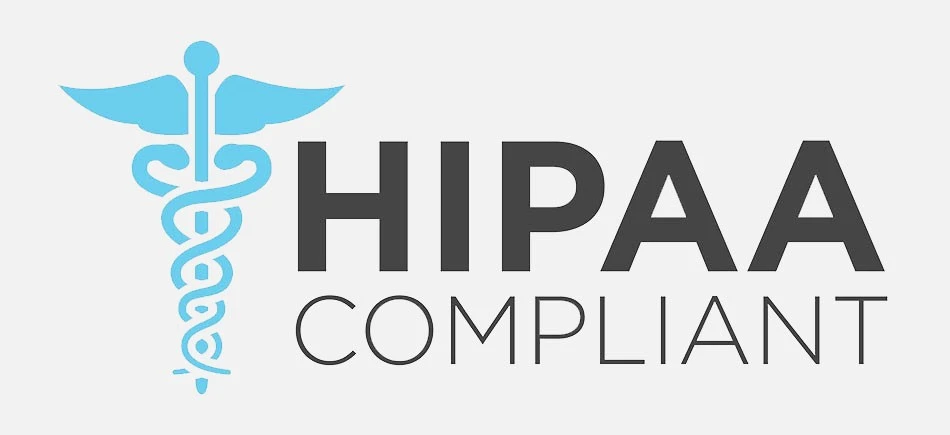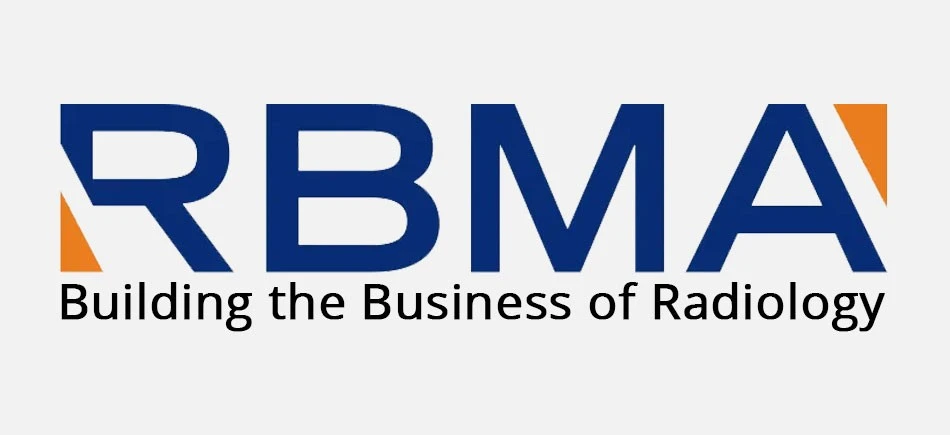Standard classification systems ensure consistent communication, diagnosis, and treatment planning across diverse medical scopes. Two of the most prominent classification systems are the International Classification of Diseases, 10th Revision (ICD-10), and the Diagnostic and Statistical Manual of Mental Disorders, 5th Edition (DSM-5). These both serve different purposes and audiences and play critical roles in clinical and administrative settings. Understanding their distinctions is crucial for healthcare providers, policymakers, and business partners involved in health services and management.
Understanding ICD-10 and DSM-5
ICD-10 was developed by the World Health Organization (WHO) to serve as a universal tool for diagnosing and classifying diseases and other health conditions. This is an internationally accepted standard for health reporting and statistical analysis. On the contrary, DSM is published by the American Psychiatric Association (APA), specifically designed to classify and diagnose mental disorders. This manual represents APA’s fifth edition incorporating up-to-date research findings on psychiatric subjects. ICD - 10 covers an exhaustive range of health conditions, including but not limited to mental illnesses, making it an indispensable medical classification list referred by providers and payers, globally.
ICD-10 helps in the comparison and analysis of international health data by providing a universal language for disease reporting and monitoring. DSM-5 is a diagnostic tool exclusively used to identify mental health disorders. The objective of DSM is to provide mental health professionals with uniform criteria to diagnose accurately, devise the right treatment plans, and facilitate easy communication within different clinical settings.
Some Major Differences between ICD-10 and DSM-5
ICD-10 has a wide coverage that encompasses all health conditions, ranging from infectious diseases to chronic disorders and issues related to mental health. The broad coverage is necessary for developing policies on healthcare management worldwide. Conversely, DSM-5 only focuses on psychiatric diagnoses offering detailed diagnostic criteria for psychiatric disorders. It is particularly useful for practitioners who want specific guidance on diagnosing complicated mental illnesses.
Despite these differences, the DSM-5 and ICD-10 codes overlap. For example, when a psychiatrist identifies a major depressive disorder that is listed under DSM-5, it will also have a corresponding ICD-10 code, such as F32 in this case. This step is essential for documentation and billing. To understand it better, let us consider the DSM-5 and ICD-10 codes list, where a chronic mental illness like schizophrenia is diagnosed and attributed to a specific code under DSM-5, it will also have a corresponding code in ICD-10, which in this case will be F20. Deciphering this relationship boosts diagnostic accuracy and improves patient care outcomes.
Structure and Coding System
ICD-10 makes use of an alphanumeric coding method that divides diseases into chapters based on various body systems or diseases. This system uses lettered codes followed by numbers, thus allowing for accurate categorization and easy retrieval of information. On the other hand, DSM-5 provides detailed descriptions, symptomatology, and guidelines for diagnosis as it is structured on individual diagnostic criteria for each particular mental disorder. DSM-5 focuses more on offering a strong clinical framework for mental health evaluation, though it contains codes.
Applications in Healthcare Settings
ICD-10 is widely used globally as the main system of disease classification in most countries, facilitating international health reporting and research collaborations. On the other hand, DSM-5 is mostly used in the United States and is the main reference for mental health diagnosis and treatment planning.
Clinical Diagnosis
Various medical conditions spanning numerous specialties, such as neurology, psychiatry, and cardiology, can be diagnosed through ICD-10, as there will be uniformity and consistency throughout the process of diagnosis and treatment globally. On the other hand, DSM-5 works as an essential resource to mental health professionals who carry out psychiatric assessments, helping clinicians determine accurately if someone has a mental disorder and plan effective treatment strategies.
Billing and Reimbursement
Billing and reimbursement employ ICD-10 coding, where insurance providers use it to process claims and determine coverage, while healthcare institutions depend on it to get reimbursed by insurers or government agencies. Correct ICD-10 coding guarantees appropriate payment to healthcare providers for their services. DSM-5 has a significant effect on mental health billing by giving diagnostic criteria used for coverage of psychiatric treatments and services by insurance companies.
Research and Epidemiology
ICD-10 remains crucial to global health research and epidemiology as it provides a standard system for gathering and analyzing health information. Researchers use this to monitor disease burden, identify public health trends, and evaluate interventions. DSM-5 has been vital in psychiatric research through the provision of standardized criteria for use in clinical studies and trials to assure consistency in the identification and classification of mental disorders across diverse research settings.
Challenges and Considerations
Implementation Challenges
Transitioning from ICD-9 to ICD-10 requires a lot of money, as healthcare providers should execute extensive training and system updates needed to accommodate its complex coding structure. Also, DSM-5 presents some level of difficulties, particularly in making sure that practitioners are familiar with its criteria and updates. Therefore, ongoing education and training are necessary for effective utilization of both systems.
Alignment and Integration
Alignment efforts between ICD-10 and DSM-5 will continue over time, where various healthcare systems aim at achieving uniformity when diagnosing or treating mental health problems. This means that DSM diagnoses should be mapped to ICD codes in order to facilitate efficient data collection processes. Successful integration improves communication between healthcare providers and patient outcomes.
Future Outlook
Emerging Trends
The medical landscape is always changing, hence the new version of DSM and updates to ICD-11 are expected. Artificial intelligence (AI) and data analytics, which are emerging technologies, will definitely influence the classification system’s development and use by making them more accurate as well as efficient in delivering health services.
Implications for Healthcare Providers
Healthcare providers should be alert to changes in ICD-10 and DSM-5, remaining up-to-date on revisions and updates. Compliance with industry standards will depend upon proactive adaptation to these alterations, which can also enhance the quality of patient care. Professionals within the medical sector need continuous education, as technological advancements will ensure that they remain leaders in this field of healthcare innovation.
The Role of Outsourced Healthcare Services
Today, major providers outsource healthcare services such as billing and coding to professional service providers who work with qualified teams adept in ICD-10 and DSM-5 codes. Delegating coding to specialized external teams enhances efficiency and accuracy in clinical documentation. This ensures that the coding is aligned with the latest updates and standards, which reduces the risk of billing errors or claims rejection.
Engaging experienced healthcare coding professionals reduces administrative burdens, improves billing accuracy, and leads to better financial outcomes. Compliance with industry regulations and contributions to superior care delivery are the added benefits.
The Conclusion
In conclusion, medical practitioners and organizations involved in diagnosing, treating, or managing healthcare provisions should know the difference between ICD-10 and DSM-5. There may be a comprehensive framework that covers all health conditions under ICD, while DSM provides special guidance towards mental disorders. By improving patient outcomes, streamlining global health research, and simplifying healthcare operations, both systems play crucial roles in advancing toward those objectives.
Get a FREE QUOTE!
Decide in 24 hours whether outsourcing will work for you.
Have specific requirements? Email us at: ![]()
Key Differentiators
Software At O2I Healthcare
Specialties HIPAA Compliance HIPAA 5010
Standards Compliance CPT Coding
Compliance Healthcare
Processes Medical
Billing Process Charge
Entry Process Medical
Coding Process Medical
Claims Process FAQs on Medical Accounts
Receivable Services FAQs on Outsourcing
Claims Adjudication Services Medical
Transcription Process HL7 ICD-10 Compliance
-
 Outsourcing Medical Billing Services - Evaluating its Impact on Your Practice
Outsourcing Medical Billing Services - Evaluating its Impact on Your Practice
-
 US-based Healthcare Research & Consulting Firm Approached O2I For Medical Transcription Services
US-based Healthcare Research & Consulting Firm Approached O2I For Medical Transcription Services
-
 Outsource2india Provided Patient Onboarding Services to a Leading Healthcare Company
Outsource2india Provided Patient Onboarding Services to a Leading Healthcare Company
-
 Outsource2india Assisted a Florida-based Medical Billing Company with ICD-10 Implementation
Outsource2india Assisted a Florida-based Medical Billing Company with ICD-10 Implementation
-
 Caribbean Radiologists Got STAT Reports Automation Services from Outsource2india
Caribbean Radiologists Got STAT Reports Automation Services from Outsource2india
-
 Outsource2india Helped a Medical Imaging Firm with Quick Teleradiology Services
Outsource2india Helped a Medical Imaging Firm with Quick Teleradiology Services
Frequently Asked Questions (FAQs)
How do ICD-10 and DSM-5 affect billing?
ICD-10 codes are essential for billing purposes across all medical domains, whereas DSM-5 criteria assist in guiding coverage related to mental illnesses, thus ensuring proper payment for services offered by hospitals or clinics.
Why should providers understand both ICD-10 and DSM-5?
Understanding both is an important step towards better patient care and achieving compliant healthcare standards.

















 \
\






